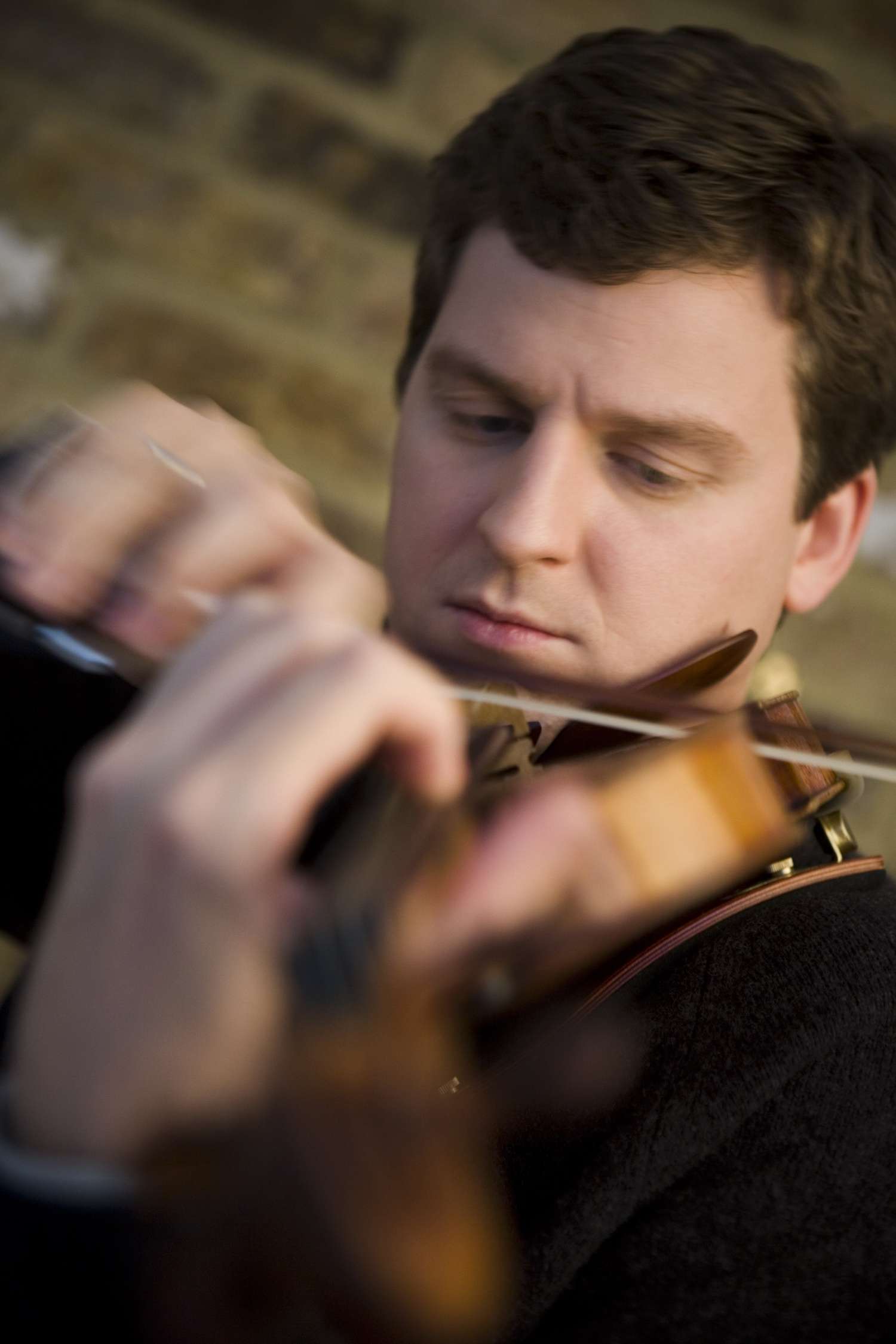|
Back
Strauss and Mendelssohn at the OSM Montreal
Maison symphonique de Montréal, Place des Arts
04/22/2012 -
Richard Strauss: Der Rosenkavalier, Second Waltz Sequence – Also sprach Zarathustra, op. 30
Felix Mendelssohn: Violin Concerto in E minor, op. 64
James Ehnes (violin)
Orchestre symphonique de Montréal, Jean-François Rivest (conductor)

J. Ehnes (Courtesy of OSM)
Judging by the fair number of empty seats for a concert on Sunday afternoon billed as “sold out”, some concert-goers may have declined to attend because of the cancellation by Franz-Paul Decker. The esteemed 88-year-old former conductor of the Orchestre symphonique de Montréal (OSM) was apparently suffering from ill health. They would not have been disappointed, however, by the performances led by his replacement, another local resident, Jean-François Rivest. He is artistic director of the nearby Orford Arts Centre; founder, artistic director and principal conductor of the Orchestre de l’Université de Montréal; and was conductor in residence of the OSM from 2006-09.
The concert began with a lively and satisfying rendition of Richard Strauss’ short “Second Waltz Sequence” from Der Rosenkavalier. Rivest maintained balance among all sections of the orchestra and brought out the lushness of the strings and the sparkle and gaiety of the woodwinds. The climax was loud and brash, just slightly out of control. Neal Gripp provided a fine viola solo.
Violinist James Ehnes followed with a deft, fast-paced, almost technically flawless rendition of Mendelssohn’s Concerto. It lacked, however, the restraint, pacing, felicity and brightness of tone that one associates with a truly great violinist. The playing was too evenly modulated, with scant attention at times to the composer’s dynamic markings. Because of this, the climaxes were not as exhilarating as they could have been. Orchestral support was good, and Rivest kept a taut line and continuity throughout. But why must we hear over and over the same concertos? The OSM is presenting this again next season (and in the same series!) along with the other standard chestnuts. Violinists and orchestras of this calibre should be offering more imaginative fare.
As encores, Ehnes played two Paganini Caprices (nos. 24 and 16), with more nuance and heart than the Mendelssohn. One would have been enough. A piece by Bach, for example, may have been appreciated.
The performance of Strauss’ Also sprach Zarathustra after intermission was riveting—well paced, balanced, with a spine-tingling introduction. The string playing was ravishing and tight. Rivest brought out the inner voices of the orchestra, and sustained the passion and pulsating rhythms through to the timpani-dominated climax. The only drawbacks were some sloppy entrances from the trombones and trumpets and the unconvincing solos from concertmaster Richard Roberts.
The acoustics of the new Maison symphonique have improved remarkably in the past few months. (It opened last September, and a member of the acoustical design team is on site for the first year of operation.) The hall can now be considered perfect for solo instruments, and although the sound of a big orchestra can still be slightly muddy when everyone is playing at once, the presence or imaging of the orchestra is more evident in the parterre and right to the back of the first balcony. (There has never been a problem with clarity or brightness.) Hopefully, by next fall the acoustics will be first-class.
Earl Arthur Love
|